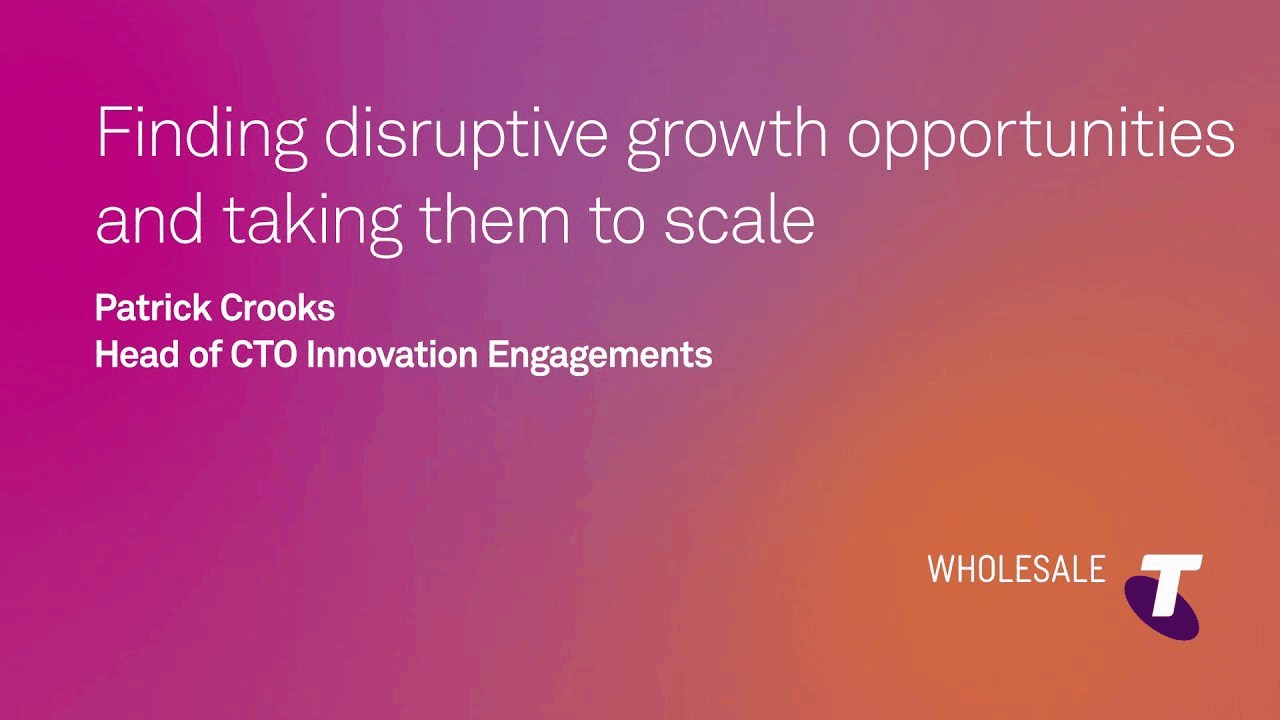Learnings from lean startups

Telstra Entrepreneur-in-Residence Patrick Crooks looks at what lessons established businesses can take from startups.
There is no single formula for creating a disruptive business model. Some smaller businesses have nailed it, while established players struggle just to keep up. So, what can we learn from them?
In a previous post, I discussed the importance of falling in love with your customer’s problem and not your solution, and how to get in front of your customers by inviting them into the innovation process. The best ideas often require bravery, but once you’ve developed the concept, what’s next?
Experimentation
As Steve Blank puts it “no business plan survives first contact with a customer.” In other words, if you don’t test your product with the people who you want to use it in real life, there is a very high likelihood of failure. Without experimental data, no amount of building, predicting and projecting can prepare you for the market response. You need to use data to shield you from assumptions that can undermine even the most exciting, disruptive idea.
"No business plan survives first contact with a customer"
You move away from guessing the answers towards knowing the right answers with experimentation. It can be hard to know where to start and decide which experiments to conduct. To start, it is important to review your proposed business model. The Business Model Canvas, created by Alex Osterwalder outlines the main components of business models, including:
• Business partners
• Business activities
• Business capabilities
• Value proposition
• Customer service
• Customer acquisition
• Identifying your customer
• Revenue model
• Cost model
Once you have plotted the details of your proposed model against each of these considerations you can see which elements you are most unsure of and where you need further evidence and insights to support your initiative. These are the areas to prioritise for experiments that will validate and help to refine your business idea before going out to market.
Build and optimise
Once you’ve finished experimenting, it’s time to build with caution. Create the smallest number of products for the narrowest target market and fewest channels in order to test it out. Keep close to your customers and establish an ongoing customer feedback loop. Then optimise based on that feedback, growing and improving its functionality or capabilities as you build it out for the wider market.
Scaling your transformative idea
After experimentation comes the hardest step: knowing when to scale. Typically, the disruptive ideas that can transform an established business will conflict with the traditional core business activity that generates the majority of revenue. At some point, the organisation needs to prioritise the transformative idea. Every decision needs to be viewed in how it can further the new strategy, rather than being based on how to maintain business as usual.
It can feel like a big risk, with short-term revenues sacrificed to make the investments necessary and existing happy customers perhaps becoming alienated by the company’s new approach. However, making the decision is critical to a business’ longevity in the face of disruption. This is the whole point of innovating for change. In order to make a difference, you’ve got to be bold enough to take a punt on the big stuff.
